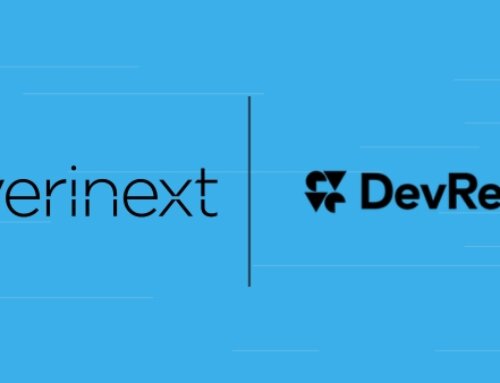The following article on Generative AI appeared in APM Digest on June 24, 2024 written by Verinext’s David Lavin. Read the original article here.
In the rapidly evolving landscape of technology, modernizing legacy application code stands as an important but difficult challenge for enterprise IT organizations. As businesses strive to stay competitive, the pressure to update outdated systems each year becomes more important as well as more difficult and, potentially, more expensive. These transitions are fraught with complexities, ranging from the intricacies of integrating new technologies with old, preserving the integrity and functionality of existing systems, to addressing the skills gap within teams accustomed to supporting the legacy systems.
One of the key drivers today for modernizing legacy applications is to leverage the emerging capabilities of Artificial Intelligence (AI). Many companies are finding it difficult to truly integrate these new technologies into their existing business processes because of their outdated systems. It is ironic then that the very technology that is driving some of the need for modernization has the potential to be the technology that makes the modernization of these legacy systems more attainable. Although not yet fully realized, these tools have the promise to greatly accelerate how we can deliver such application modernization.
In this blog, we will look at how Generative AI (GenAI) services are emerging in ways that can help reduce the effort and overall risk inherent in these initiatives.
Understanding Your Legacy Application Environment
Many legacy systems either have outdated documentation or lack documentation at all. Often much of the knowledge on how the system operates exists only within the few individuals that have been working on the system over many years. Some of these individuals may no longer be with the organization, leaving behind opaque systems that teams are fearful to touch. GenAI can generate documentation from the legacy code itself, describing what each class, script, or other component is doing in natural language. While such documentation does not remove the need for developers to become familiar with the codebase, it can provide an overall guide for understanding the application components, shortening the learning curve for new staff.
AI tools can also analyze application code to understand the dependencies within the system. This can allow developers to have greater confidence when they go to make changes or upgrades and avoid unintended consequences. This information is highly valuable in planning modernization transformations as it can be used in understanding the right component segmentation for any initiative.
Supporting Incremental Modernization
These services can also make recommendations for incremental improvements to legacy application code. This can include suggesting refactoring changes that improve its structure and performance without altering its external behavior, making the application more efficient. Or identifying and removing dead code, reducing complexity and improving the maintainability of the application.
Additionally, GenAI tools can be used to help create APIs that enable the functions of these older systems, which in many cases were never intended to be externally integrated, to be leveraged by newer applications within the environment. Such techniques for wrapping of legacy applications allows for them to be encapsulated away from the other systems, which enables less impacts to the overall enterprise architecture as these systems are modernized.
Enabling Transformation
And when it’s finally time to do a complete transformation of the legacy application, GenAI tools have the potential to be a key resource to application architects as they map out the new architecture. Through analysis of the existing codebase, AI may be able to suggest the right modern architecture approaches for the system. And can then help automate the conversion into the new architecture and technology set (programming language, database, etc.).
These services can also aid with the operational aspects of such a transformation. GenAI can automate the migration of data from legacy databases to the target data platform. It can also transform data formats and structures to be compatible with new application requirements, ensuring data integrity and minimizing data loss. These models can also help in testing by generating automated scripts and test data to help drive a more efficient regression testing and overall Quality Assurance process.
Are We There Yet?
With the overabundance of hype around Generative AI, it’s easy to view many of the emerging capabilities with skepticism. Many of these promises seem too good to be true and some of them are — for now. Most of these capabilities are here today in one form or another, but the day where we can simply turn a legacy application over to a GenAI tool for modernization is still in the future. But these tools can help increase the velocity of teams that understand when and how to carefully leverage them in these initiatives. And all technology-focused organizations need to be keeping up with the rapidly evolving landscape of AI-assisted software development in order to keep their businesses competitive.
As with everything else it is touching, AI has the potential to significantly alter how we approach the modernization of enterprise systems. Whether using these tools to understand the existing systems, refactor legacy services, or enabling the full application transformation, GenAI technologies can reduce the time, cost, and risk associated with application modernization initiatives.
Related Posts:
Navigating the AI Wave Solution Brief
The IT Lifecycle: Strategies for Maximizing Efficiency and Impact






